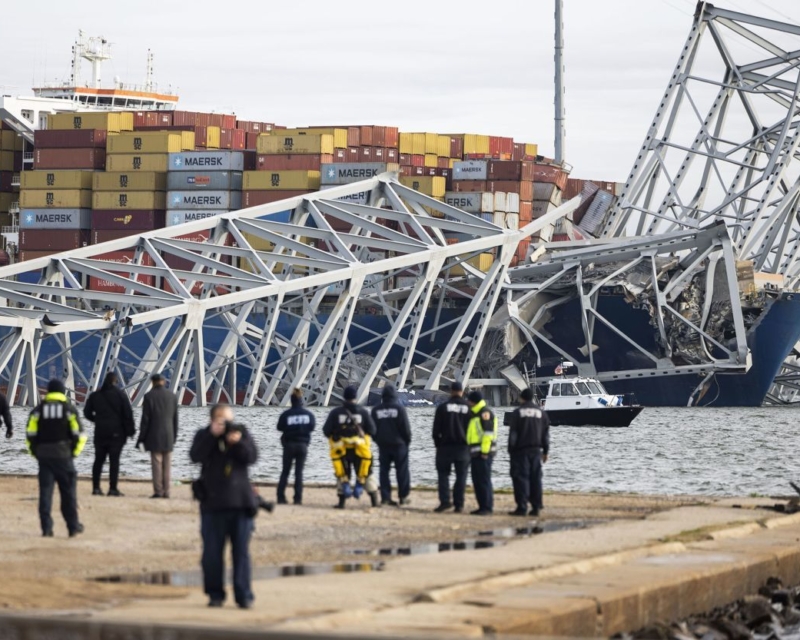Baltimore Bridge Collapse Threatens to Inflate Consumer Costs
In a dramatic turn of events that has sent shockwaves through the economic landscape, the collapse of the Francis Scott Key Bridge in Baltimore has economists sounding the alarm bells over potential inflationary pressures on American consumers. The debris blocking shipping in and out of the Port of Baltimore has not only disrupted vital trade routes but also threatens to drive up prices across a range of goods and services.
The repercussions of the bridge collapse extend far beyond the confines of Baltimore’s waterfront, with ripple effects felt throughout the nation’s economy. As one of the primary arteries for goods entering and exiting the East Coast, the Port of Baltimore plays a pivotal role in the supply chain, connecting producers with consumers across the country. With shipping now paralyzed, economists warn of a looming squeeze on consumer wallets.
At the heart of economists’ concerns lies the disruption to critical supply chains. From automobiles to electronics, a wide array of products rely on efficient shipping routes to reach their destination. With the Francis Scott Key out of commission, these goods face delays and logistical challenges, driving up costs for businesses and, ultimately, consumers.
The timing of the collapse couldn’t be worse, coming at a time when the global economy is already grappling with supply chain disruptions and rising inflationary pressures. From supply chain bottlenecks to labor shortages, the pandemic-induced challenges have created a perfect storm of factors driving up costs for businesses and consumers alike. The collapse only exacerbates these challenges, adding another layer of complexity to an already precarious situation.
As economists scramble to assess the potential impact of the bridge collapse on consumer prices, there is a growing sense of urgency among policymakers and industry leaders. Efforts are underway to expedite repairs and reopen shipping lanes as quickly as possible, but the road to recovery will be fraught with challenges. In the meantime, consumers may find themselves facing higher prices at the pump, in the grocery aisle, and across a range of other goods and services.
Despite the daunting challenges ahead, there is also reason for optimism. The collapse has served as a wake-up call, highlighting the fragility of our nation’s infrastructure and the need for strategic investments to bolster resilience. By investing in infrastructure upgrades and modernization efforts, we can build a more robust and resilient economy that is better equipped to withstand future shocks.
In the face of adversity, let us harness the spirit of innovation and collaboration to navigate these turbulent waters. While the road ahead may be uncertain, there is no challenge too great for the resilience and ingenuity of the American people. Together, we can overcome this obstacle and emerge stronger on the other side.






